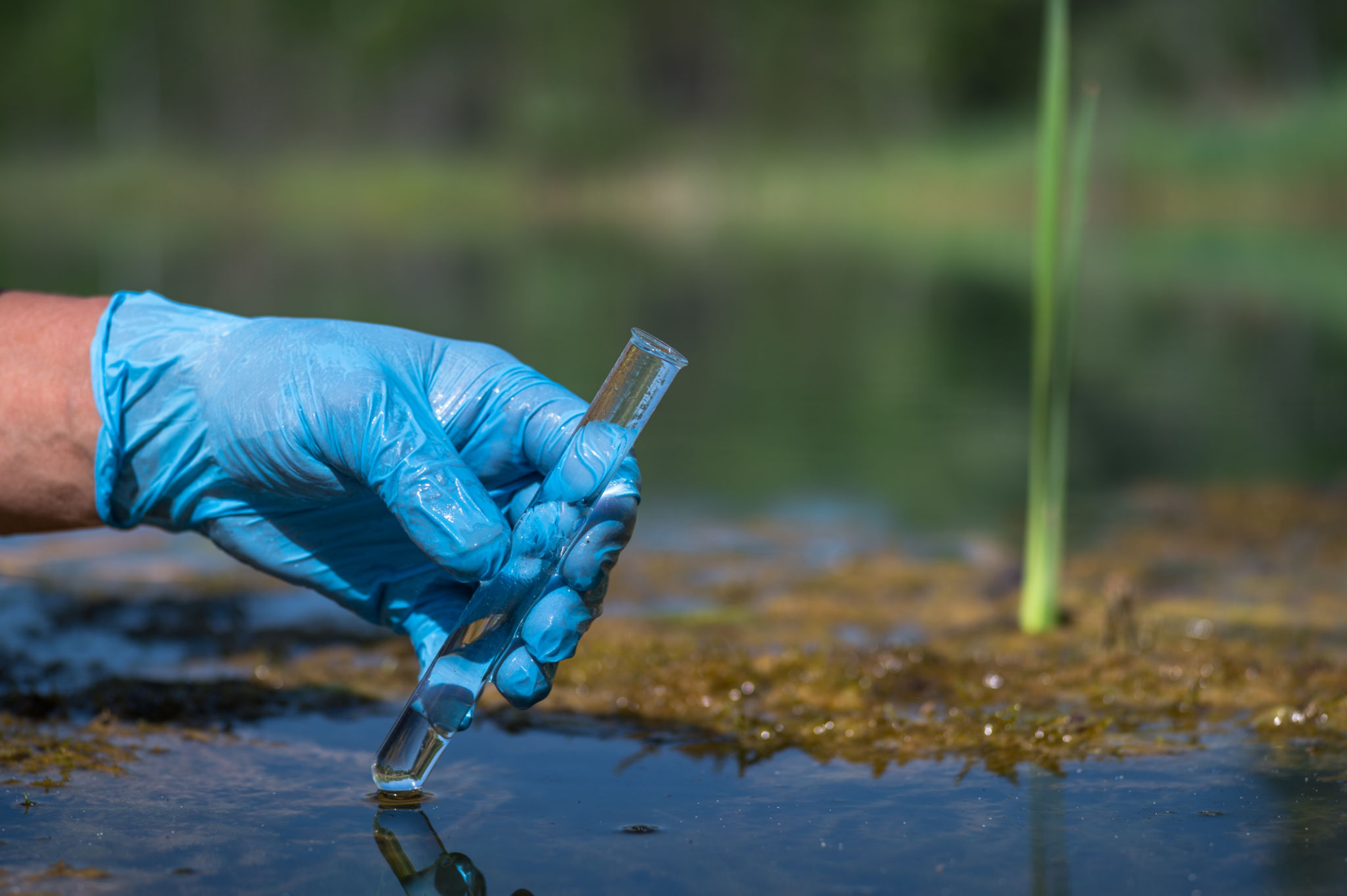Local Environmental Laws in Walton County, FL: What Professionals Need to Know About PFAS
Understanding PFAS
Per- and polyfluoroalkyl substances (PFAS) are a group of man-made chemicals that have been used in various industries since the 1940s. They are often referred to as "forever chemicals" due to their persistence in the environment and resistance to breaking down. PFAS can be found in water, air, fish, and soil at locations across the country, including Walton County, Florida. Their prevalence has raised significant concerns about environmental and human health impacts.
Professionals working in environmental management, compliance, and related fields need to be informed about local regulations governing PFAS. This knowledge is critical to ensure that operations adhere to legal standards and contribute to protecting the community and ecosystem.

Current Regulations in Walton County
Walton County has implemented specific regulations to address the presence of PFAS in the environment. These regulations are part of broader efforts by the state of Florida to manage and mitigate PFAS contamination. It's essential for professionals to stay updated on these regulations as they can directly impact project planning and execution.
The county mandates regular monitoring of water sources, industrial sites, and other potential contamination points. This process involves sampling and testing for PFAS levels to ensure they remain within acceptable limits established by environmental agencies.
Monitoring and Reporting Requirements
Businesses operating in Walton County must adhere to stringent monitoring and reporting requirements concerning PFAS. These requirements are designed to identify potential risks early and take corrective actions when necessary. Companies must submit regular reports detailing their findings and any measures taken to reduce PFAS levels.

Impact on Businesses
Complying with environmental laws related to PFAS is not only a regulatory obligation but also a responsibility towards the community. Businesses that fail to comply may face significant penalties, including fines and operational restrictions. Therefore, understanding these requirements is crucial for maintaining good standing with regulatory bodies and preserving public trust.
Moreover, companies that proactively manage PFAS contamination can potentially reduce liability risks and enhance their reputation as environmentally responsible entities. This proactive approach can be a competitive advantage in a market where consumers are increasingly concerned about sustainability.
Best Practices for Compliance
Professionals should adopt best practices for compliance with PFAS regulations. These include:
- Conducting regular training sessions for employees on PFAS handling and safety protocols.
- Implementing advanced filtration and treatment systems to reduce PFAS emissions.
- Engaging with local environmental agencies for guidance and support.
- Staying informed about technological advancements in PFAS detection and removal.

The Future of PFAS Management
As scientific understanding of PFAS evolves, so too will the regulations governing their use and disposal. Walton County is likely to see changes in legislation as more research becomes available, emphasizing the importance of staying informed about future developments. Professionals should anticipate these changes and prepare to adapt their strategies accordingly.
Engagement with industry groups, environmental organizations, and government agencies can provide valuable insights into upcoming regulatory trends. Staying ahead of these changes can help businesses maintain compliance and contribute positively to environmental sustainability.
In summary, understanding local environmental laws regarding PFAS in Walton County is crucial for professionals working in related fields. By adhering to current regulations and preparing for future changes, businesses can play a vital role in protecting both human health and the environment.